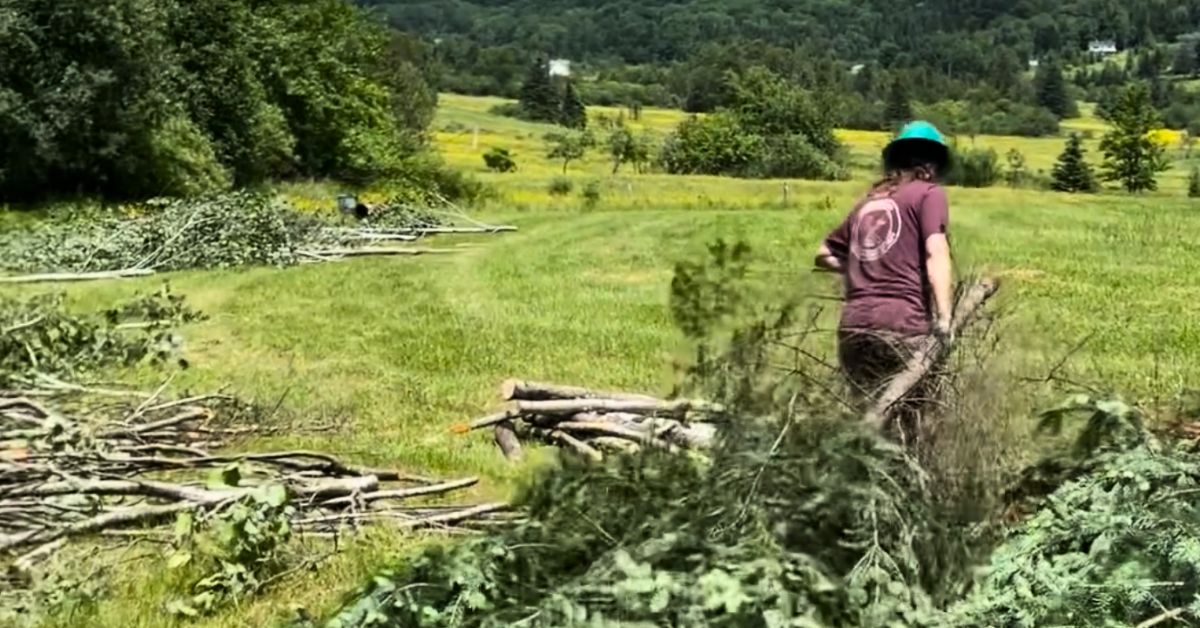MORGAN — The Memphremagog Watershed Association (MWA) has been awarded nearly $143,000 by the Department of Environmental Conservation’s Water Quality Formula Grant program. The grant is meant for stream and floodplain restoration work on Valley Brook in Morgan.
The first phase of the restoration project will commence in August. Following that, a transformation will be witnessed on the property off Valley Road. The area, a former dairy operation, will undergo a farm retirement and conservation effort. It will be decommissioned and converted into a Streambank Management Area (SMA) by the VT Fish & Wildlife Department.
The SMA will be open for public use for fishing, hunting, trapping, and wildlife viewing. To conserve the agricultural character of the property and maintain the integrity of the surrounding forests, several state agencies have stepped up to acquire the property, provide perpetual conservation protection, and open the lands for public enjoyment.
Decades of agricultural activities have led to chronic water quality issues, habitat loss, and erosion that affects not only the SMA itself but also Lake Seymour further downstream. To reverse these trends, local and state partners are executing a stream and floodplain restoration project to enhance water quality and restore fish and wildlife habitat.
After the deconstruction, recycling, and disposal of the barns and structures, crews will work on removing nearly 4,000 cubic yards of fill placed in the floodplain more than 50 years ago. This will include the removal of 9 problematic culverts, reconnecting 500 feet of a tributary with its historic channel, plugging and filling almost 1,000 feet of drainage ditches, and decommissioning 1,200 feet of farm road.
Restoration work will use nearly 250 cubic yards of slash, stumps, and logs to restore habitat complexity and natural stream processes. These actions aim to reduce erosion, increase flood storage, enhance fish passage and habitat, and improve water quality as the stream heals itself.
The project’s second phase, scheduled for 2024-2025, will include a snowmobile crossing upgrade, extensive riparian buffer tree plantings, and ‘daylighting’ and restoration of a buried stream.









